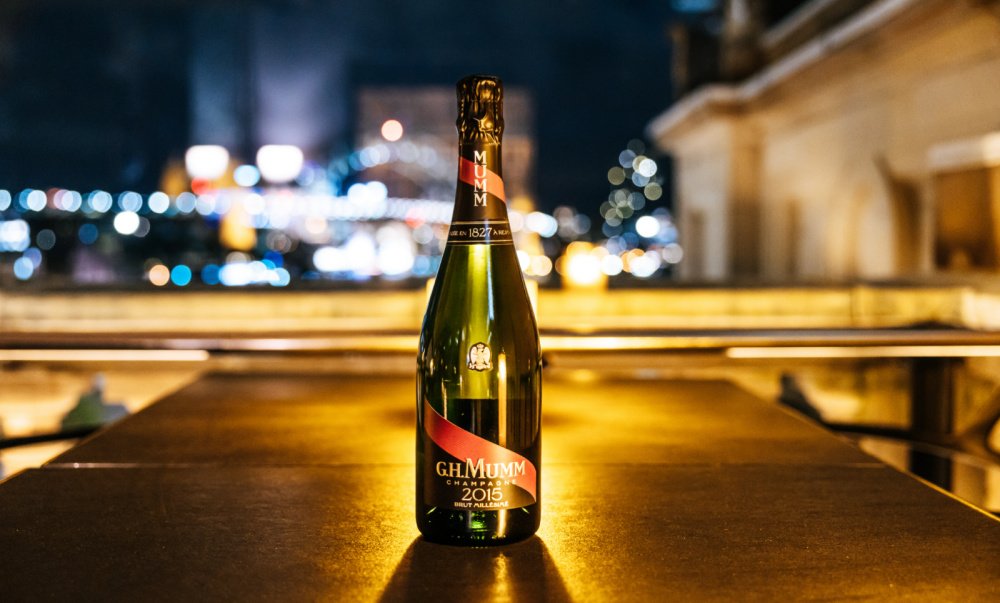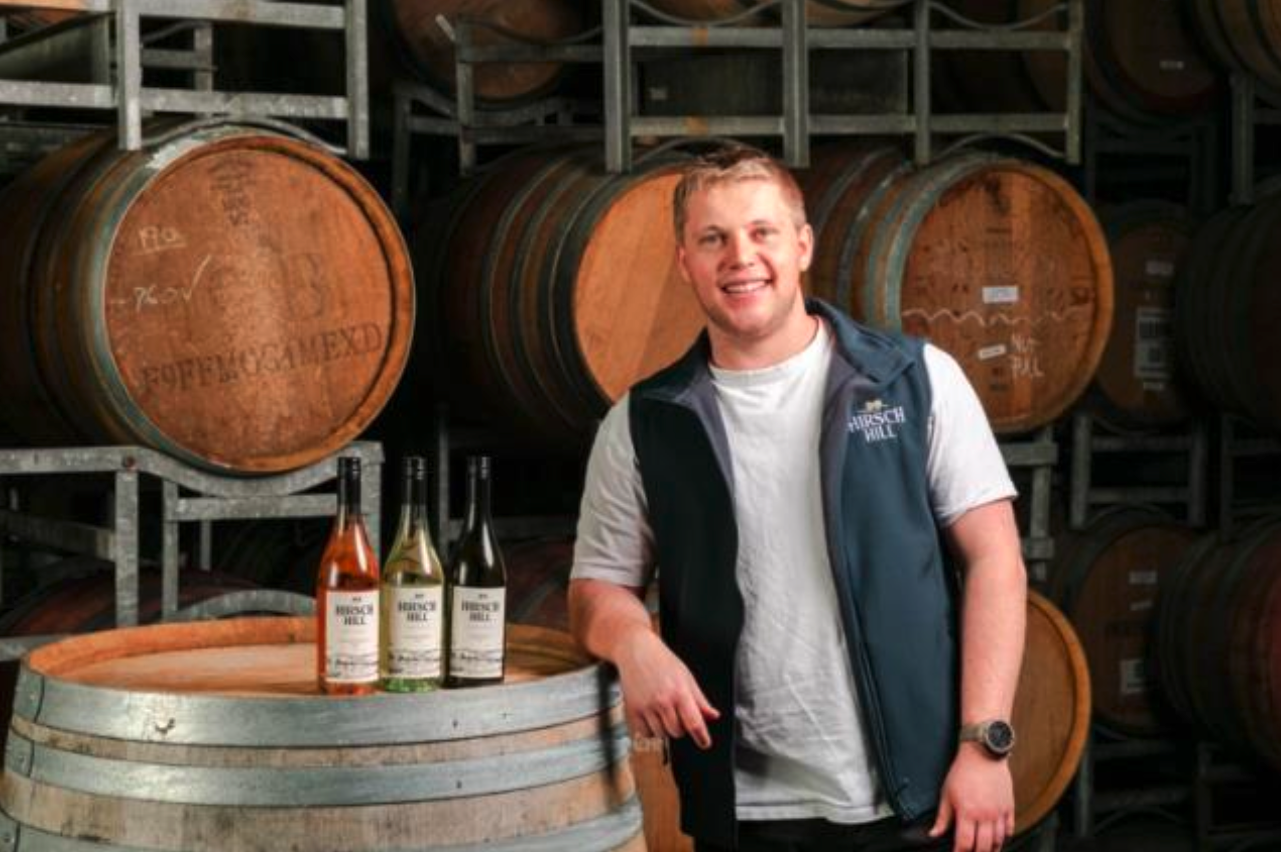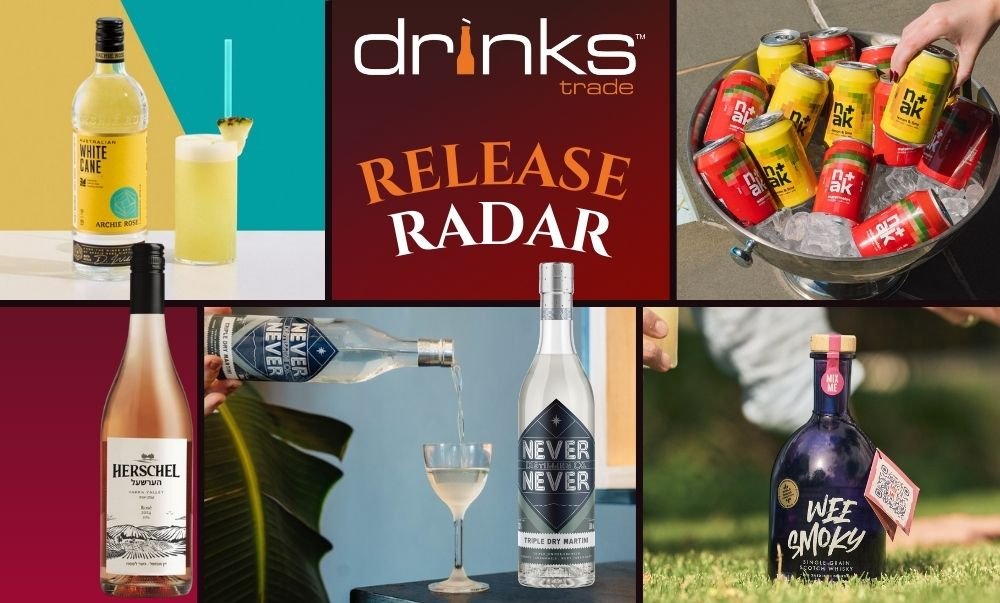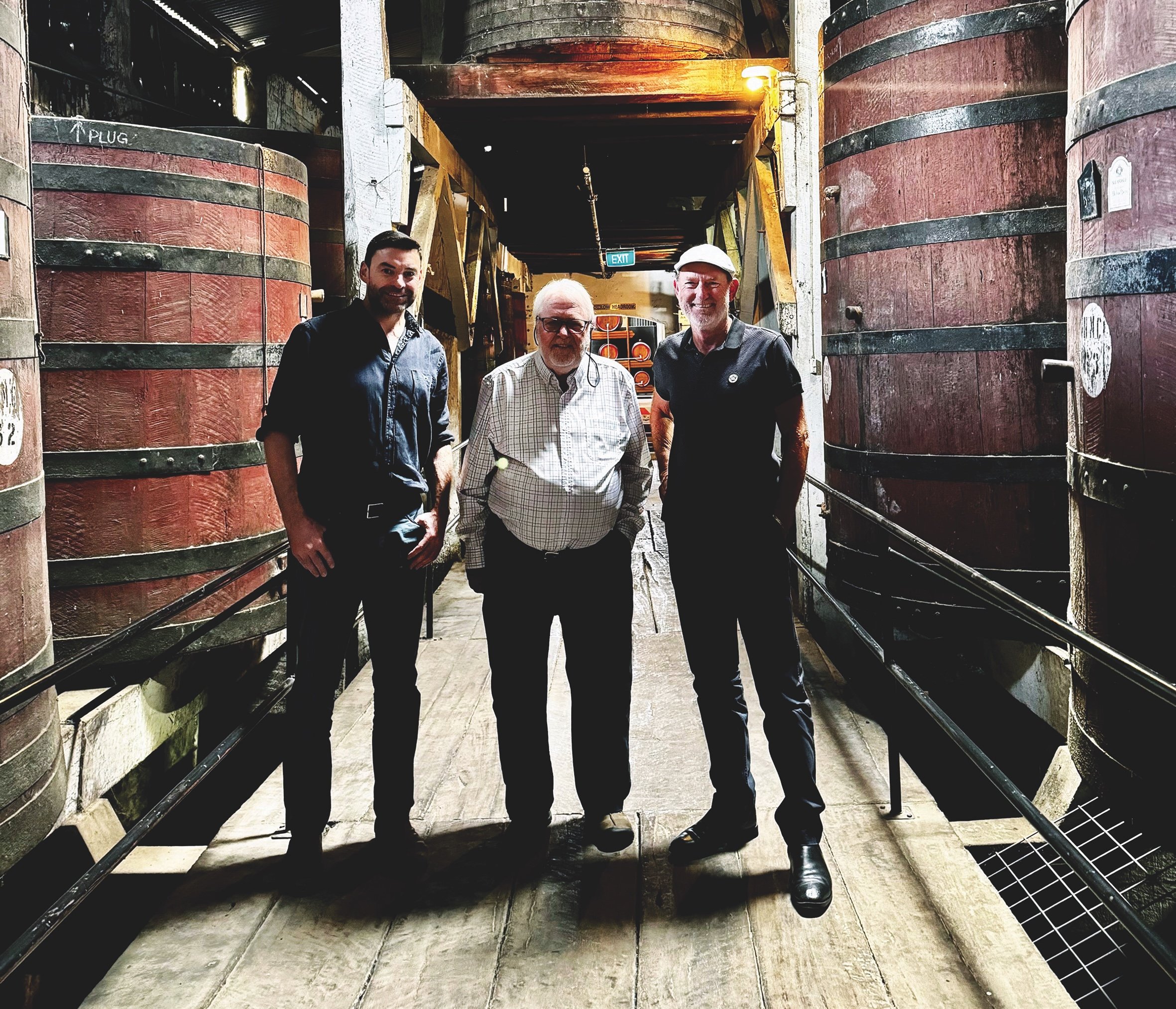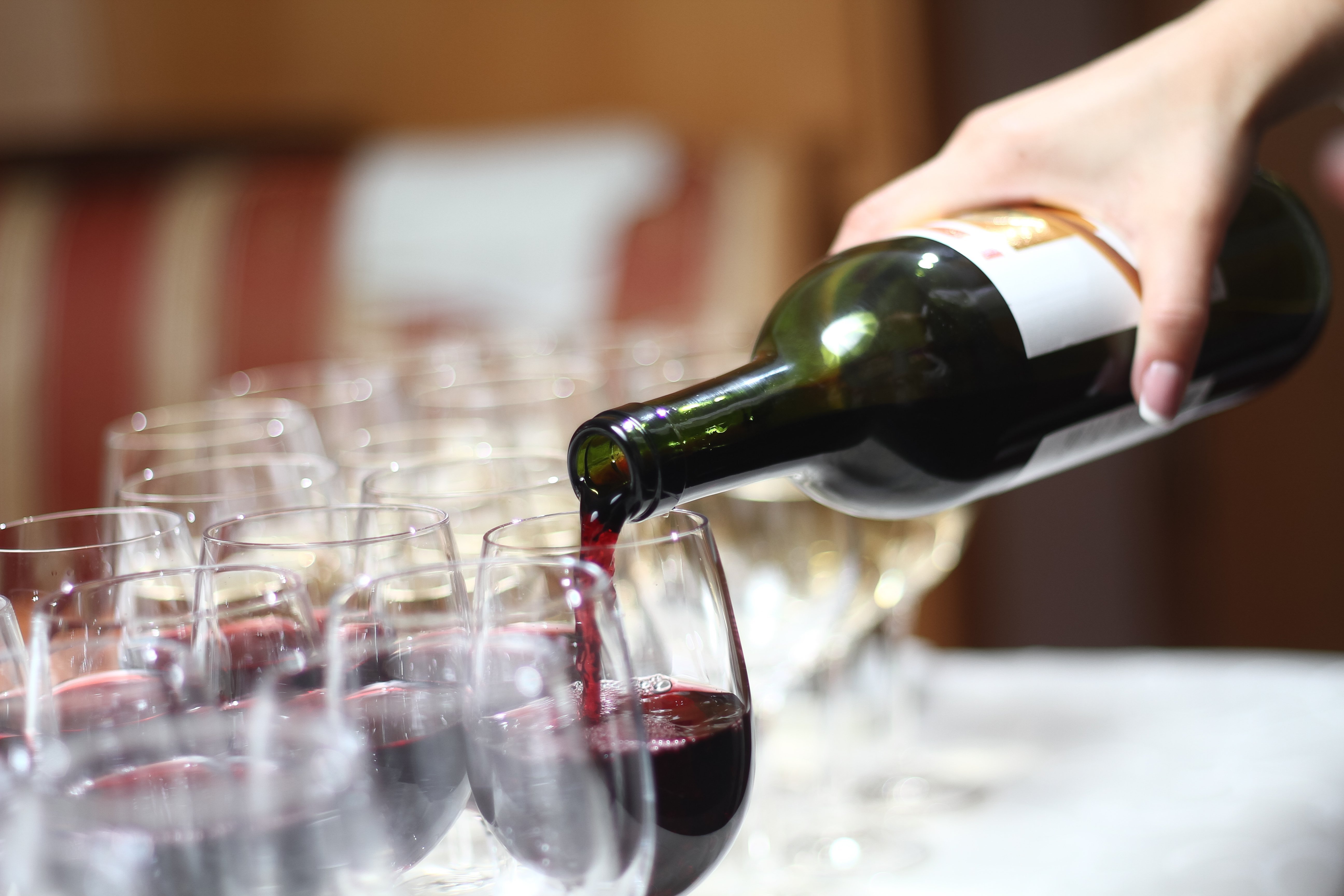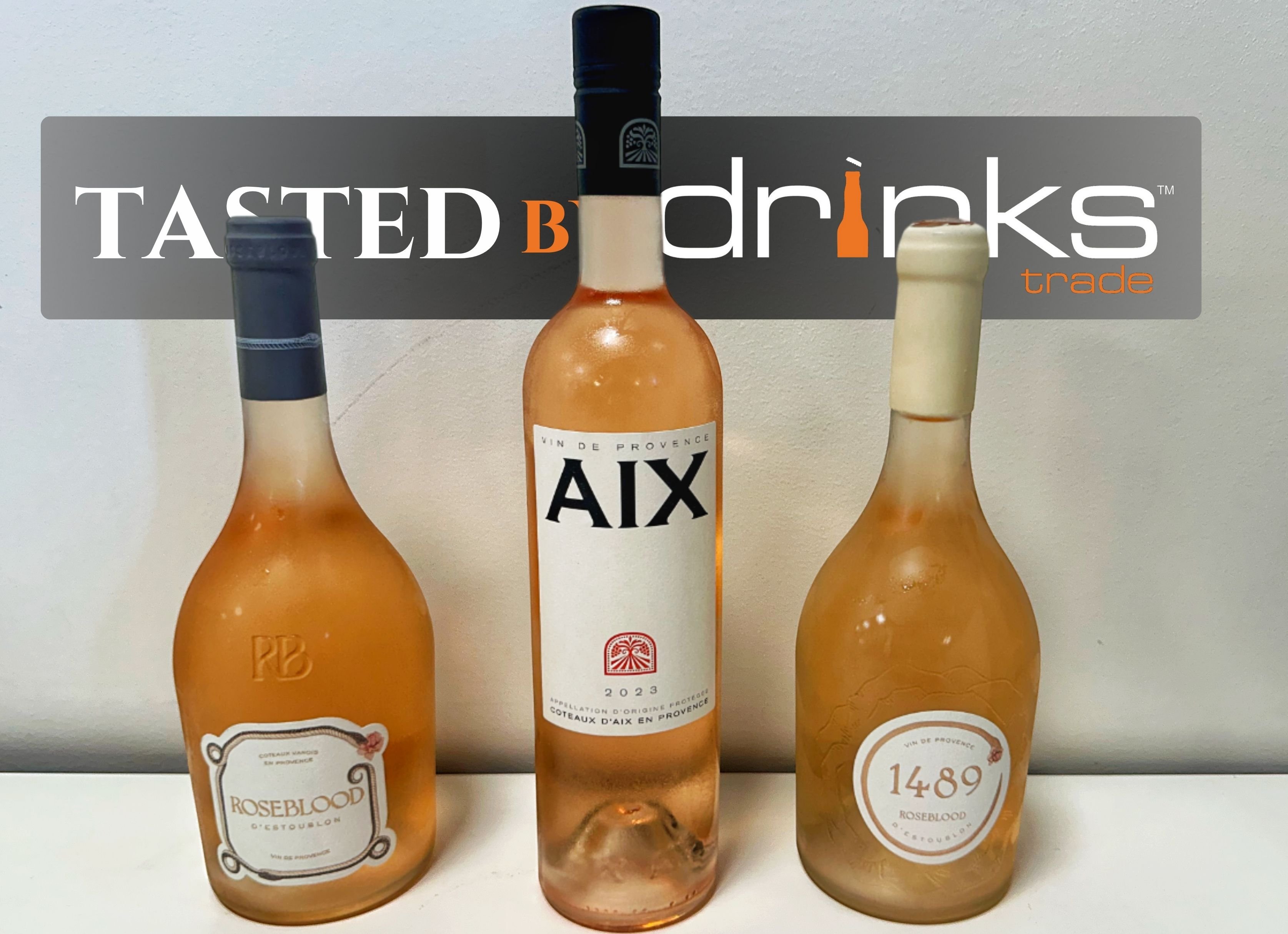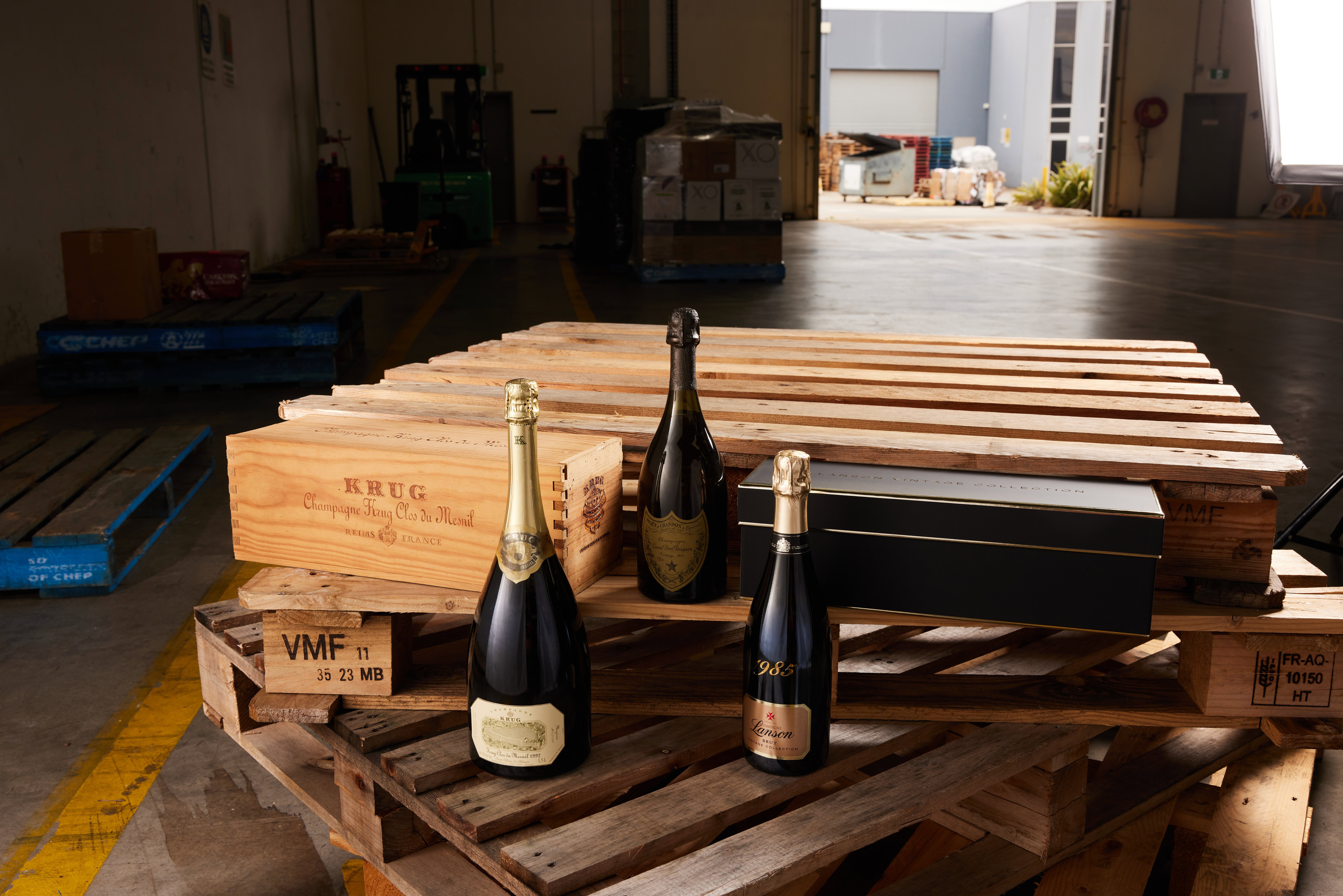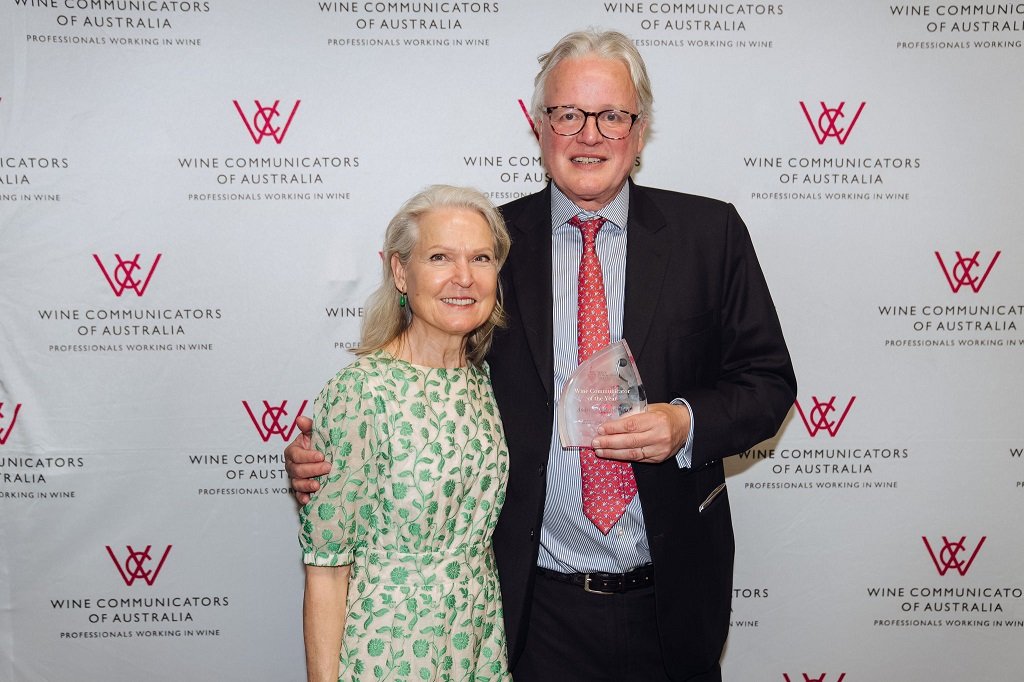On Tuesday evening in Sydney, Drinks Trade was fortunate enough to attend a private dinner at Café Sydney to celebrate the release of the G H Mumm Champagne 2015 Brut Millésimé in Australia.
Hosted by Pernod Ricard, guests were treated to eight Champagnes, seven of them served in magnums, from Maison Mumm. But before we talk about them, a few things to note.
Firstly, a millésimé translates as vintage. An exceptionally good vintage will see a cuvée made with only the grapes from that year of harvest and on Tuesday evening, we were treated to eight different vintages, expertly guided by Champagne and Cognac Portfolio Ambassador for Pernod Ricard, Emmanuel (Manu) de Madre.
The evening was a vertical tasting: this means same varietal, same producer different vintages. We were served endless pours by the excellent hospitality team at Café Sydney and sampled Champagne from the years 2004, 2006, 2008, 2012, 2013, 2015 as well as two incredible Champagnes later in the evening, keenly secured by Mr Demadre just for the occasion. Three were served in magnum - 2006, 1999, 1985 - as well as the Mumm Grand Cordon NV on arrival.
The occasion was to celebrate the release of the G H Mumm Champagne 2015 Grand Millésimé which was aged for six years before being disgorged and made entirely with Grand Cru grapes: 75 per cent Pinot Noir and 25 per cent Chardonnay.
Mr Demadre explained that to enliven the Champagne with a freshness in a year that was quite hot and ripe, grapes for the 2015 were harvested from parcels further to the north of Mumm's vineyards.
We tasted the 2015 alongside the grand vintage of 2013. Mr de Madre explained that even while just two years apart, the 2013 had spent a year longer on lees and was disgorged in 2020, where the 2015 was disgorged in 2021. The two tasted worlds apart.
To be classified as Champagne, wines must be aged for at least three years before being disgorged but the Mumm Brut Millésimés – and in fact the Champagnes from most of the large Houses - are aged for an extended period, at least five years, Mr Demadre explained.
Both the 2013 and 2015 Champagnes were fresh, alive and pretty irresistible. They accompanied our entrée of Kingfish crudo before our palates turned to the 2012 and 2008 wines.
“No one did a bad wine in 2008,” said Mr de Madre.
He said that the vintages of 2008 and 2013 were “amazing from the get go”: each year was a once in a decade harvest and indeed, they were two of this writer’s favourites selections of the night.
Our main course of meaty Humpty Doo barramundi was accompanied by a 2006 Magnum and 2006 bottle so guests could experience the difference between the two formats. Mr Demadre said that he had smuggled the 2006 Magnum into Australia and it was absolutely a crowd favourite: sparkly, lively and bright. In contrast, the bottle was more ripe and mature.
Mr Demadre explained that the 2006 vintage was a hot and ripe summer with a cold and rainy August and so the blend of the 2006 is 64 per cent Pinot Noir and 26 per cent Chardonnay.
Then the 2004 and 1999 magnums were brought out to accompany the cheese platters. The 1999 was unbelievable. Light in colour like straw, so very fresh and far less honeyed than the 2004 which was creamier, golden, honeyed and a little nutty.
The 2004 was Mr de Madre’s favourite. Well, at least until the magnum of 1985 – brought along in case any of the magnums were ‘damaged’ - was brought out. This Champagne sent the room silent. It was light and fresh. Incredible for a liquid that is 36 years old. Mr de Madre described it as “perfect”. It was stellar. Fresh and perfectly right for the drinking.
And the evening was all of that: fresh, perfect and lively with a mass of Mumm glassware spread out across the dining table at the end. What a fine way to spend a Tuesday.
Share the content
